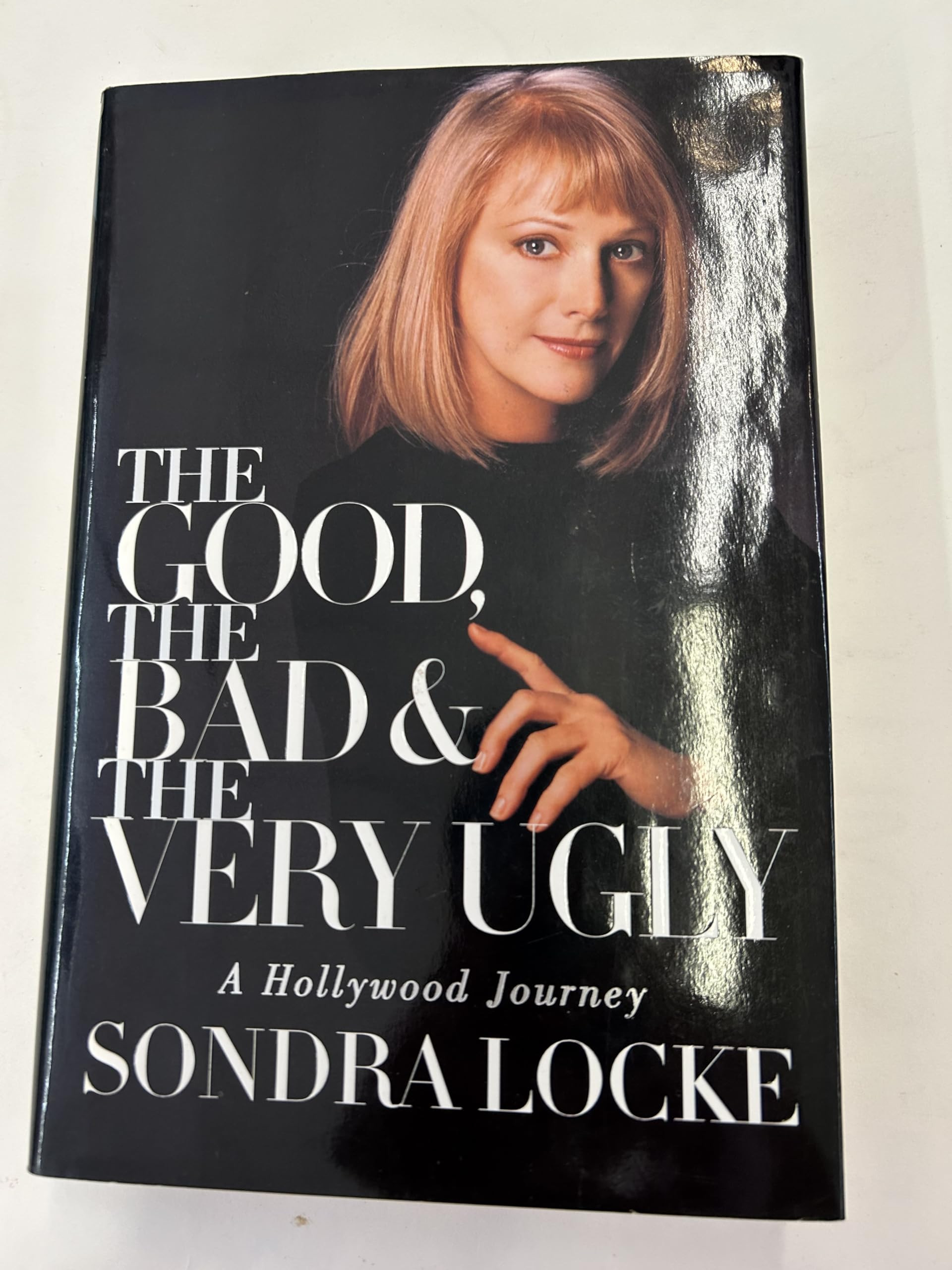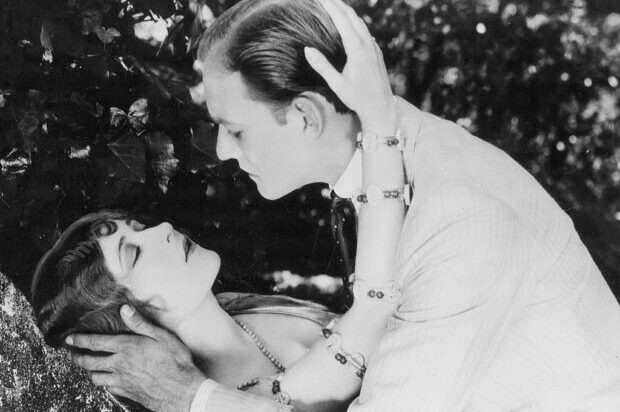Hollywood’s Golden Age: The Dark Secrets Behind the Glamour
 As the shimmering lights of Hollywood’s Golden Age fade into memory, a chilling truth emerges from the shadows of Tinseltown: the very stars who dazzled audiences were often victims of a ruthless system that prioritized profit over humanity. Recent revelations have peeled back the glamorous facade, exposing a legacy riddled with exploitation, control, and haunting secrets that have long been buried beneath the glitz of classic cinema.
As the shimmering lights of Hollywood’s Golden Age fade into memory, a chilling truth emerges from the shadows of Tinseltown: the very stars who dazzled audiences were often victims of a ruthless system that prioritized profit over humanity. Recent revelations have peeled back the glamorous facade, exposing a legacy riddled with exploitation, control, and haunting secrets that have long been buried beneath the glitz of classic cinema.
For decades, the studio system crafted an illusion of perfection, presenting a world where beautiful people lived beautiful lives. Yet behind the scenes, a darker narrative unfolded, one that involved manipulation, abuse, and the systematic silencing of those who dared to challenge the status quo. A former MGM publicity department head has shed light on the sinister practices that kept these secrets hidden, revealing that every star had a file filled with potentially career-ending scandals, meticulously managed to maintain the studios’ pristine images.
 Perhaps the most harrowing tales emerge from the treatment of young stars. Judy Garland, forever etched in our hearts as Dorothy from “The Wizard of Oz,” was subjected to a horrific cycle of drugging by studio executives. Prescribed amphetamines to keep her energized for grueling work hours, Garland was also given barbiturates to force her to sleep, creating a dependency that would haunt her for the rest of her life. This tragic exploitation of child actors was not an isolated incident but rather a systematic approach to maximizing profits at the expense of young lives.
Perhaps the most harrowing tales emerge from the treatment of young stars. Judy Garland, forever etched in our hearts as Dorothy from “The Wizard of Oz,” was subjected to a horrific cycle of drugging by studio executives. Prescribed amphetamines to keep her energized for grueling work hours, Garland was also given barbiturates to force her to sleep, creating a dependency that would haunt her for the rest of her life. This tragic exploitation of child actors was not an isolated incident but rather a systematic approach to maximizing profits at the expense of young lives.
The control extended beyond drugs; it infiltrated the very essence of identity and choice. Female stars were often coerced into abortions to maintain their marketable images. Legends like Judy Garland and Gene Harlow faced immense pressure to terminate pregnancies, with studio executives treating their bodies as mere commodities. The chilling mantra circulated among studio heads was that “abortion was our birth control,” a stark reminder of the dehumanizing grip the studios held over their stars.
Even the personal lives of Hollywood’s elite were not spared from scrutiny. Lavender marriages were orchestrated to protect the careers of gay stars such as Rock Hudson, who was forced to live a lie, marrying a woman to shield his true self from public view. The emotional toll of such arrangements was immense, leaving many stars trapped in a web of deception and fear.
 The dark underbelly of Hollywood also involved connections to organized crime, as exemplified by the shocking case of Lana Turner and her mobster lover, Johnny Stompanado. When Stompanado’s abusive behavior culminated in a tragic death at the hands of Turner’s daughter, the scandal exposed the violent intersections of fame and criminality, forcing the studios into damage control mode to protect their prized asset.
The dark underbelly of Hollywood also involved connections to organized crime, as exemplified by the shocking case of Lana Turner and her mobster lover, Johnny Stompanado. When Stompanado’s abusive behavior culminated in a tragic death at the hands of Turner’s daughter, the scandal exposed the violent intersections of fame and criminality, forcing the studios into damage control mode to protect their prized asset.
Moreover, the industry’s negligence extended to physical safety, with actors unknowingly exposed to toxic materials on set. The infamous “asbestos snow” used in classics like “The Wizard of Oz” put countless lives at risk, revealing a shocking disregard for the health of those who brought these beloved films to life.
As we reckon with these revelations, it is clear that the Golden Age of Hollywood was not the idyllic paradise we once imagined. The stars we idolized were often products of a brutal system designed to exploit their talents while stripping them of their autonomy. Understanding these harsh realities does not diminish the art they created; rather, it enriches our appreciation for the resilience and talent of those who endured such trials.
In a world where the glimmer of Hollywood continues to captivate audiences, the time has come to confront the truth behind the curtain. The legacy of the Golden Age is a complex tapestry of brilliance and brutality, reminding us that even the most magical moments in cinema were often forged in the fires of human suffering. As we celebrate the artistry of these iconic figures, we must also honor the stories of those who were silenced, ensuring that their truths are never forgotten.





